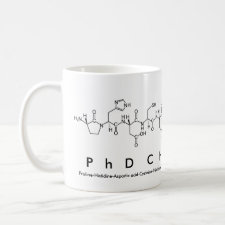
Authors: Ferey L, Delaunay N, Rutledge DN, Cordella CBY, This H, Huertas A, Raoul Y, Gareil P
Article Title: Optimizing separation conditions of 19 polycyclic aromatic hydrocarbons by cyclodextrin-modified capillary electrophoresis and applications to edible oils.
Publication date: 2014
Journal: Talanta
Volume: 119
Page numbers: 572-581.
DOI: 10.1016/j.talanta.2013.11.062
Alternative URL: http://www.sciencedirect.com/science/article/pii/S0039914013009508
Abstract: For the first time, the separation of 19 polycyclic aromatic hydrocarbons (PAHs) listed as priority pollutants in environmental and food samples by the United States Environmental Protection Agency (US-EPA) and the European Food Safety Authority was developed in cyclodextrin (CD)-modified capillary zone electrophoresis with laser-induced fluorescence detection (excitation wavelength: 325 nm). The use of a dual CD system, involving a mixture of one neutral CD and one anionic CD, enabled to reach unique selectivity. As solutes were separated based on their differential partitioning between the two CDs, the CD relative concentrations were investigated to optimize selectivity. Separation of 19 PAHs with enhanced resolutions as compared with previous studies on the 16 US-EPA PAHs and efficiencies superior to 1.5 x 105 were achieved in 15 min using 10 mM sulfobutyl ether-β-CD and 20 mM methyl-β-CD. The use of an internal standard (umbelliferone) with appropriate electrolyte and sample compositions, rinse sequences and sample vial material resulted in a significant improvement in method repeatability. Typical RSD variations for 6 successive experiments were between 0.8% and 1.7% for peak migration times and between 1.2% and 4.9% for normalized corrected peak areas. LOQs in the low μg/L range were obtained. For the first time in capillary electrophoresis, applications to real vegetable oil extracts were successfully carried out using the separation method developed here
Template and target information: PAHs, polycyclic aromatic hydrocarbons, commercial MIPS
Author keywords: capillary zone electrophoresis, cyclodextrins, polycyclic aromatic hydrocarbons, fluorescence detection, Edible oils



Join the Society for Molecular Imprinting

New items RSS feed
Sign-up for e-mail updates:
Choose between receiving an occasional newsletter or more frequent e-mail alerts.
Click here to go to the sign-up page.
Is your name elemental or peptidic? Enter your name and find out by clicking either of the buttons below!
Other products you may like:
 MIPdatabase
MIPdatabase









